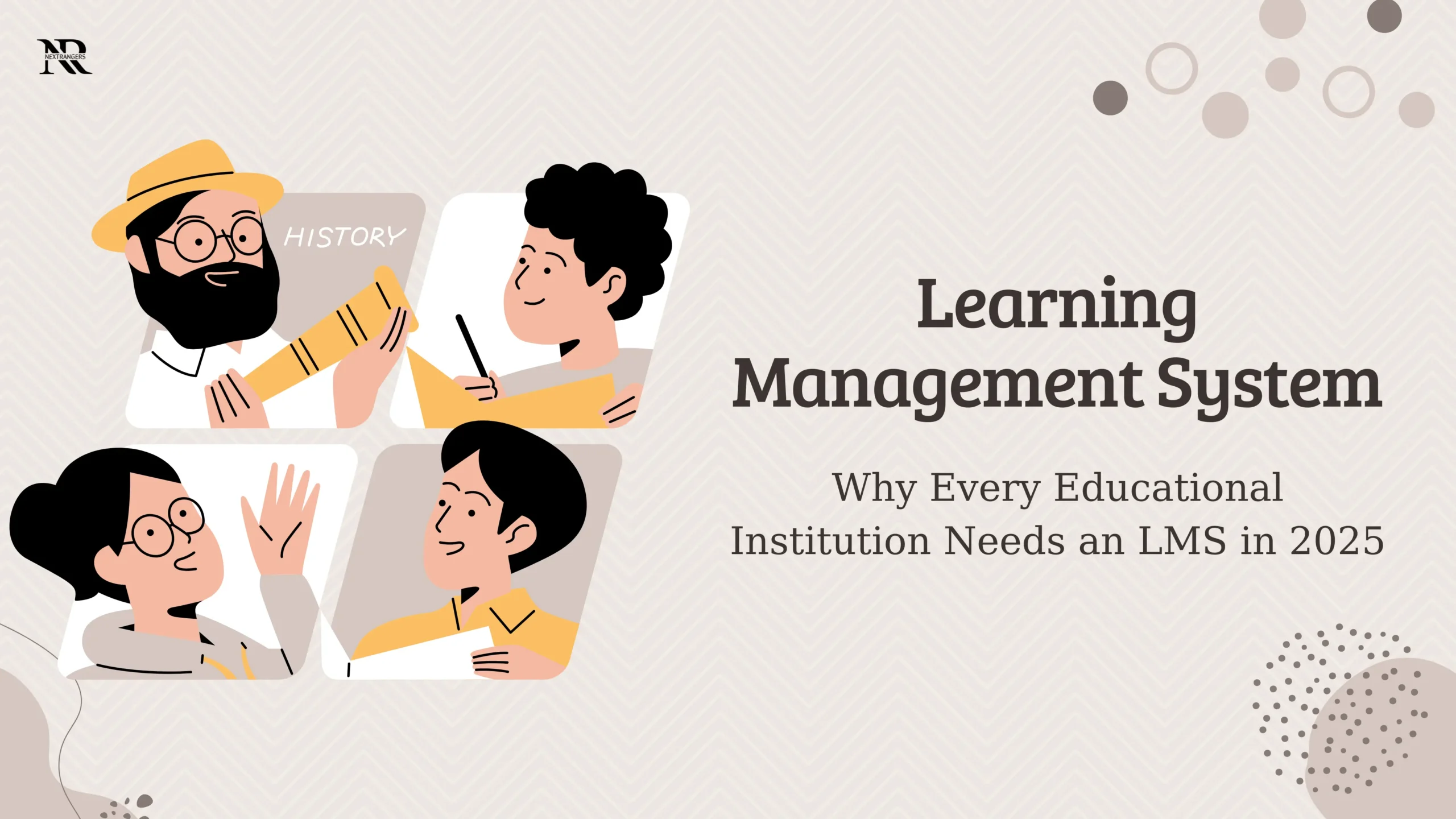
LMS for Education is changing the way education grows and improves. In 2025, clinging to outdated teaching methods is no longer an option. To thrive, educational institutions – from K-12 schools to universities and vocational training centers – need to embrace technology that enhances learning, streamlines administration, and prepares students for a digital world. That technology is a Learning Management System (LMS). This isn’t just a trend; it’s a necessity. Let’s explore why an LMS is no longer optional, but crucial for educational success in 2025.
Enhanced Learning Experience and Student Engagement
An LMS is more than just a digital repository for course materials. It’s a dynamic platform that fosters engaging and personalized learning experiences.
- Interactive Content: Forget static textbooks. LMS platforms allow educators to integrate videos, interactive simulations, quizzes, and gamified elements directly into their courses. This caters to diverse learning styles and keeps students actively involved.
- Personalized Learning Paths: An LMS can track student progress and identify areas where they need extra support. This data allows educators to tailor learning paths, providing personalized resources and challenges that meet individual needs.
- Anytime, Anywhere Access: Students can access course materials, assignments, and communication tools from any device, at any time. This flexibility is essential for today’s busy students, especially those balancing education with work or other commitments.
- Improved Communication: LMS platforms provide built-in communication tools, such as discussion forums, messaging systems, and announcements. This facilitates seamless communication between students, instructors, and even parents (in K-12 settings).
Streamlined Administration and Increased Efficiency
Beyond enhancing the learning experience, an LMS significantly streamlines administrative tasks, freeing up educators to focus on what they do best: teaching.
- Centralized Course Management: An LMS provides a central hub for all course-related materials, assignments, grades, and communication. This eliminates the need for scattered files and emails, making it easier to manage courses effectively.
- Automated Grading and Assessment: Many LMS platforms offer automated grading features for quizzes and assignments, saving educators valuable time and reducing the risk of errors.
- Simplified Reporting and Analytics: An LMS provides detailed reports on student performance, course completion rates, and other key metrics. This data can be used to identify areas for improvement and make data-driven decisions.
- Reduced Paperwork: By digitizing course materials, assignments, and communication, an LMS significantly reduces the need for paper, saving resources and promoting sustainability.
Preparing Students for the Future Workforce (LMS For Education)
In today’s digital economy, proficiency in technology is essential for success. An LMS helps students develop the skills they need to thrive in the modern workforce.
- Digital Literacy: By using an LMS, students become familiar with online learning platforms, digital communication tools, and other technologies that are widely used in the workplace.
- Collaboration Skills: Many LMS platforms include collaborative features, such as group projects and discussion forums, which help students develop teamwork and communication skills.
- Self-Directed Learning: An LMS empowers students to take ownership of their learning by providing them with access to resources and tools that support self-directed learning.
- Adaptability: Familiarity with an LMS makes students more adaptable to new technologies and learning environments, a crucial skill in a rapidly changing world.

The question is no longer if educational institutions need an LMS, but how quickly they can implement one. In today’s world, it’s not a competitive advantage; it’s a fundamental requirement for survival and success..
Cost-Effectiveness and Scalability
While the initial investment in an LMS may seem significant, the long-term cost savings and scalability benefits are substantial.
- Reduced Printing and Material Costs: Digitizing course materials eliminates the need for expensive textbooks and printed handouts.
- Increased Enrollment Capacity: An LMS can accommodate a larger number of students without requiring additional physical space or resources.
- Improved Resource Allocation: By tracking student performance and resource utilization, an LMS helps institutions allocate resources more effectively.
- Scalable Solution: An LMS can easily scale to meet the growing needs of an institution, whether it’s adding new courses, expanding enrollment, or integrating with other systems.
Conclusion
In 2025, an LMS is no longer a luxury; it’s a fundamental requirement for educational institutions that want to provide a high-quality, engaging, and relevant learning experience. By embracing an LMS for education, institutions can enhance student engagement, streamline administration, prepare students for the future workforce, and achieve long-term cost savings. The future of education is digital, and an LMS is the key to unlocking that future. Don’t get left behind. Invest in an LMS and transform your institution for the better.
